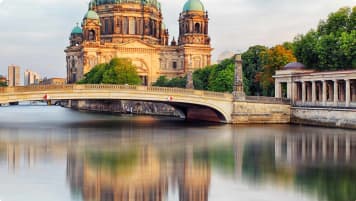Ancient Routes, Fresh Eyes: European Pilgrimage Routes for the Modern Traveller
Ancient Routes, Fresh Eyes: Nine European Pilgrimage Routes for the Modern Traveller The word ‘pilgrimage’ or ‘pilgrim’ comes from the Modern French word pèlerin, which means ‘foreigner, stranger’, highlighting the concept that the faithful is not of…
20 Nov 19 · 11 mins read
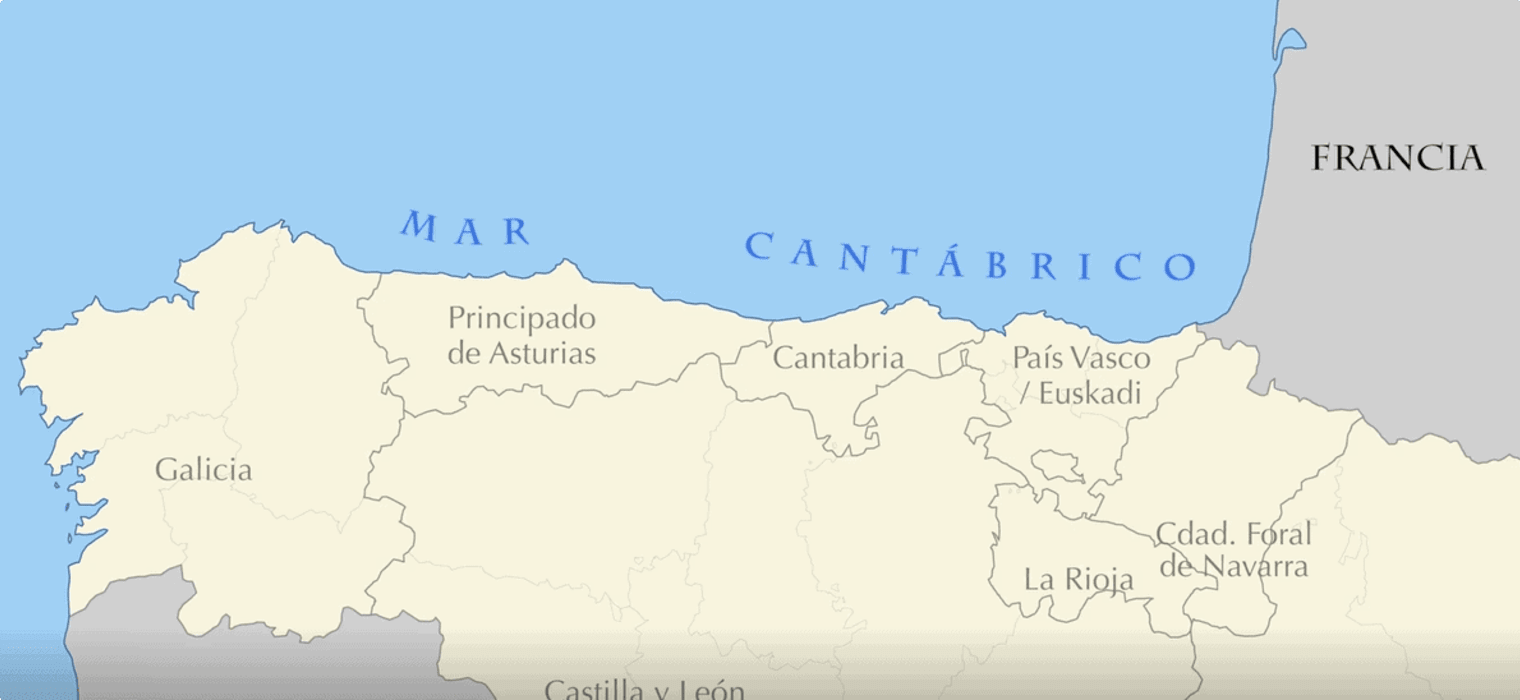
Ancient Routes, Fresh Eyes: Nine European Pilgrimage Routes for the Modern Traveller
The word ‘pilgrimage’ or ‘pilgrim’ comes from the Modern French word pèlerin, which means ‘foreigner, stranger’, highlighting the concept that the faithful is not of this world but is simply passing through. As described in the second-century Letter to Diognetus:
[Christians] live each in his native land but as though they were not really at home there. They share in all duties as citizens and suffer all hardships as strangers. Every foreign country is a fatherland to them, and every fatherland a foreign land … They dwell on earth but they are citizens of heaven.
Pilgrimage routes as a sacred journey
The idea of the sacred journey, however, is not exclusive to the Christian faith. The hajj—Arabic for “pilgrimage” and a practice that dates back to the first official hajj in 630 AD—is a five-day religious pilgrimage to the holy city of Mecca in Saudi Arabia that all Muslims who are physically and financially able must perform at least once in their lives. The earliest reference to Hindu pilgrimage dates back to circa 1500 BC with numerous later texts (such as the epic Mahabharata) talking about the power of certain sites to grant rewards such as health and wealth. Ancient Greeks and Romans travelled long distances to participate in rituals or to visit sites associated with a particular god, such as the Pan-Hellenic Festival in honour of Zeus in Olympia or the oracle of Apollo at Delphi.
The Christian faith developed alongside these Greek and Roman traditions. Following the destruction of Jerusalem by invading Roman armies, the Christian Church, perhaps to rejuvenate the demoralized faithful, highlighted a New Testament teaching that God is present everywhere (omnipresent) through the Holy Spirit—and not just in certain special places.
However, the fourth century saw the conversion of Emperor Constantine to Christianity—the first Roman emperor to do so—who brought to his new faith pagan concepts of sacred places and sacred buildings. Constantine built a basilica at the place where Christ was crucified and a rotunda at the Holy Sepulchre, the site of Jesus’ burial and resurrection. His own mother, empress dowager Helena, also converted to Christianity and oversaw the building of a church on the site of Christ’s Nativity in Bethlehem. She was also credited with the discovery of Christ’s cross under a temple of Venus that was demolished to give way to the building of Constantine’s church in Golgotha—a story which shows the amalgamation of pagan and Christian beliefs in the age of the Roman Empire. Constantine also built basilicas over the tombs of Saints Peter and Paul, within which sat holy relics, such as the bones or clothes of the saints.

The distinctive features of these buildings were copied throughout Europe, and the veneration of relics led to the creation of works of art such as reliquaries to enshrine the holy objects and small containers for sacred materials that could be worn as jewellery. Scenes of pilgrimage were also depicted in paintings and sculptures during the period.
Throughout the centuries, the faithful set aside worldly comforts and set out on these week-long spiritual journeys on foot to fulfil a religious vow, to repent for a sin, to ask divine cure for an illness, or to simply deepen their faith by retracing the steps of saints or to visit a place of spiritual significance—despite the raging theological debates (e.g. how can an omnipresent God be ‘more’ present in one place than in other places?) about the practice up to this day and age.
The pilgrim in modern times
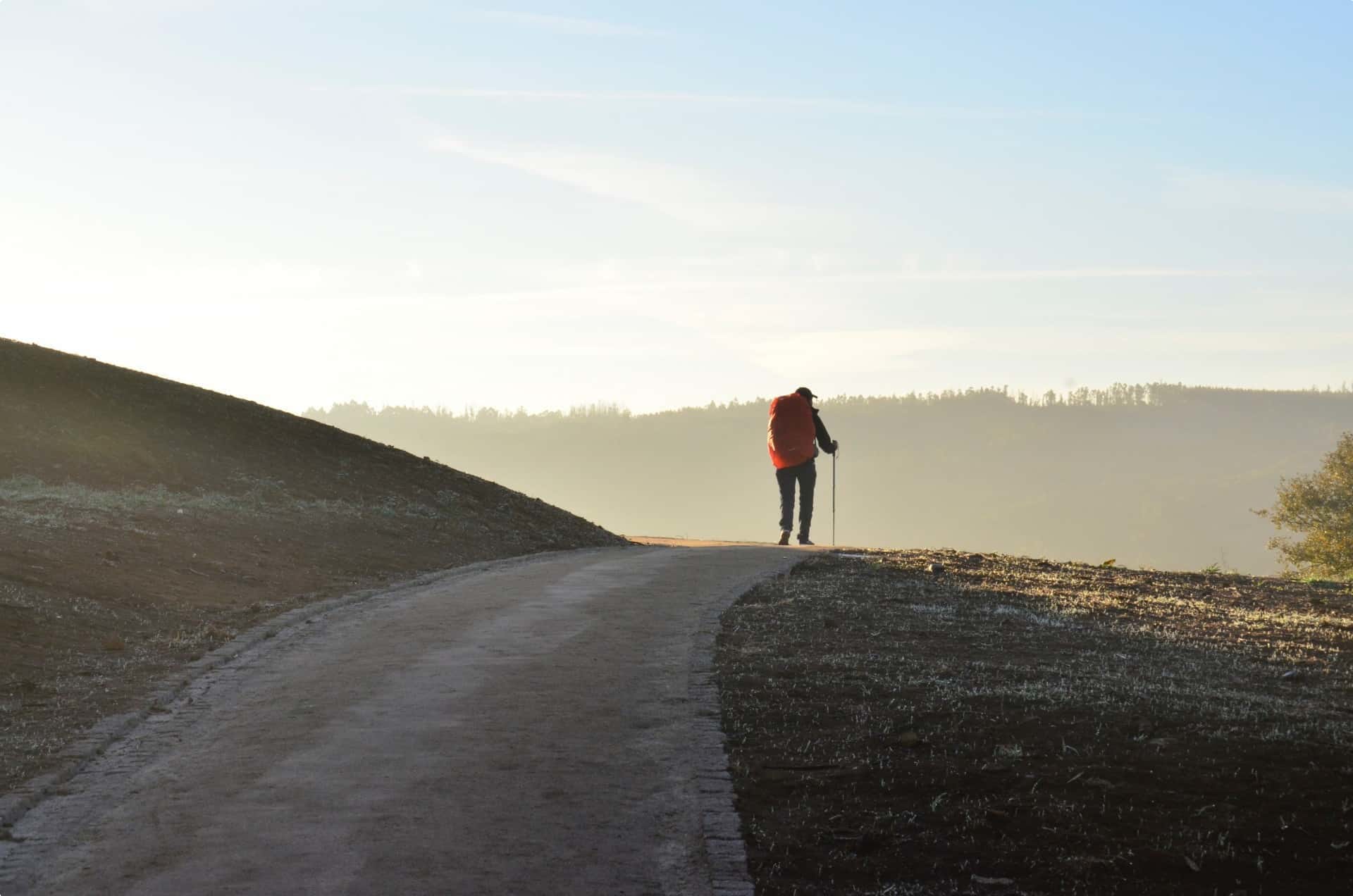
Modern pilgrimages, however, are not necessarily confined to the faithful. The expansion of pilgrimage routes in Europe in the twenty to twenty-first centuries mirrored as well the diverse motives of the modern traveller in joining these journeys. Travellers, religious or secular, may join a pilgrimage to appreciate European art, architecture, and history, to test their physical limits by journeying across rural roads, or to simply feel a connection to the millions of travellers who have walked the same path over the centuries.
The European Cultural Routes were created by the Council of Europe, the oldest international organisation in the continent, in order to demonstrate Europe’s shared cultural heritage and collective memory through these journeys that traverse borders and histories. It launched the Cultural Routes programme in 1987 with the Camino Frances, the pilgrimage route that runs across northern Spain from the Pyrenees to the shrine of St. James the Apostle in Santiago de Compostela. This route was added to the UNESCO list of World Heritage sites in 1993, highlighting its historical significance and leading to a record number of pilgrims—rising from 3,500 official compostela certificate holders in 1988 to 277,000 certificate holders in 2016.
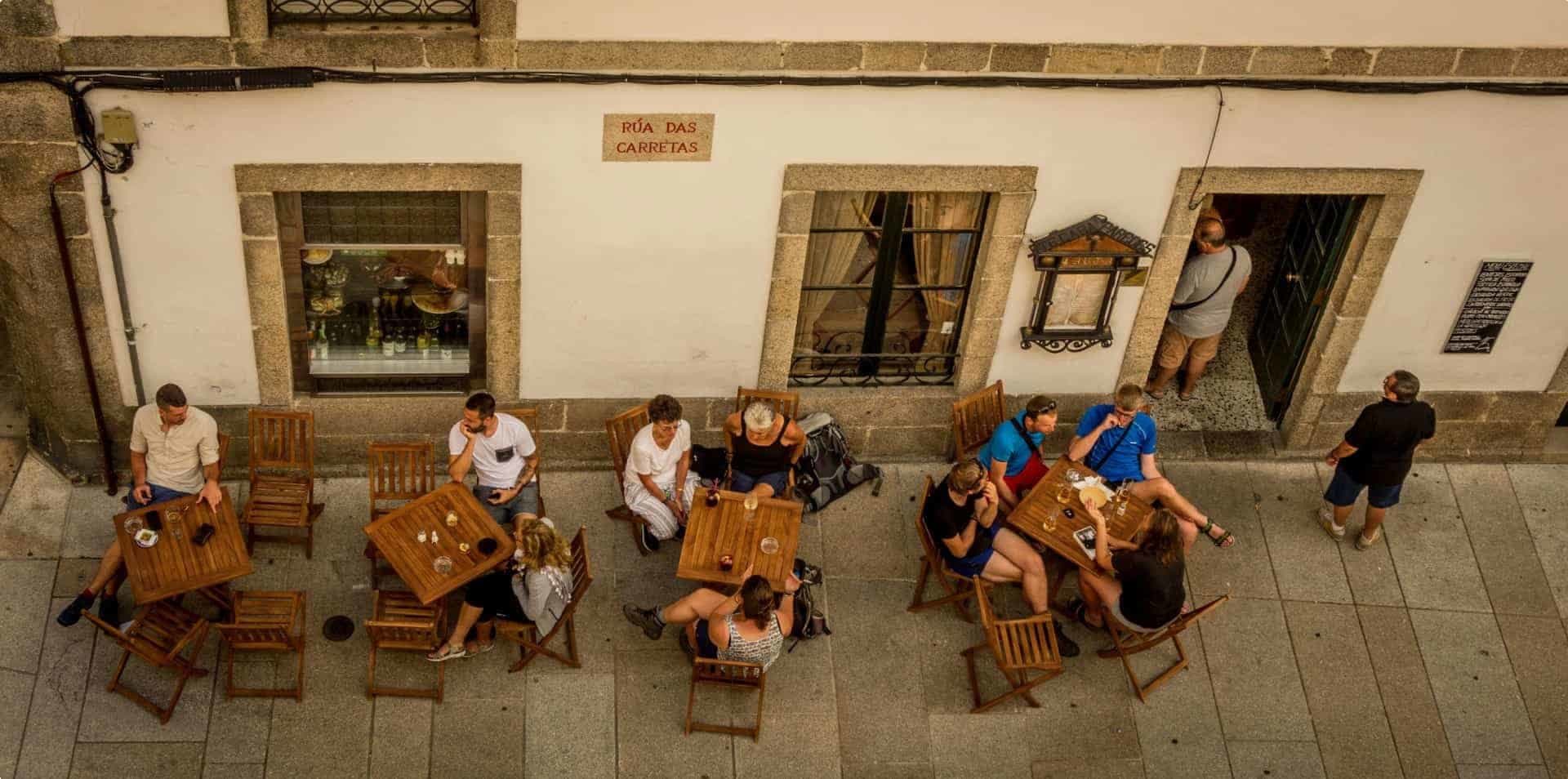
More routes have been added since then. This article will tackle nine European pilgrimage routes. Odyssey Traveller organises small group walking tours on the Camino and on the Via de la Plata.
Feel free to click through to learn more about the tour, or continue reading to know more about these well-trodden paths. (A good reference for those who want to read more about the routes is Derry Brabbs’ Pilgrimage: The Great Pilgrim Routes of Britain and Europe, published in 2017.)
The Pilgrimage Routes for the modern traveller.
St. Cuthbert’s Way
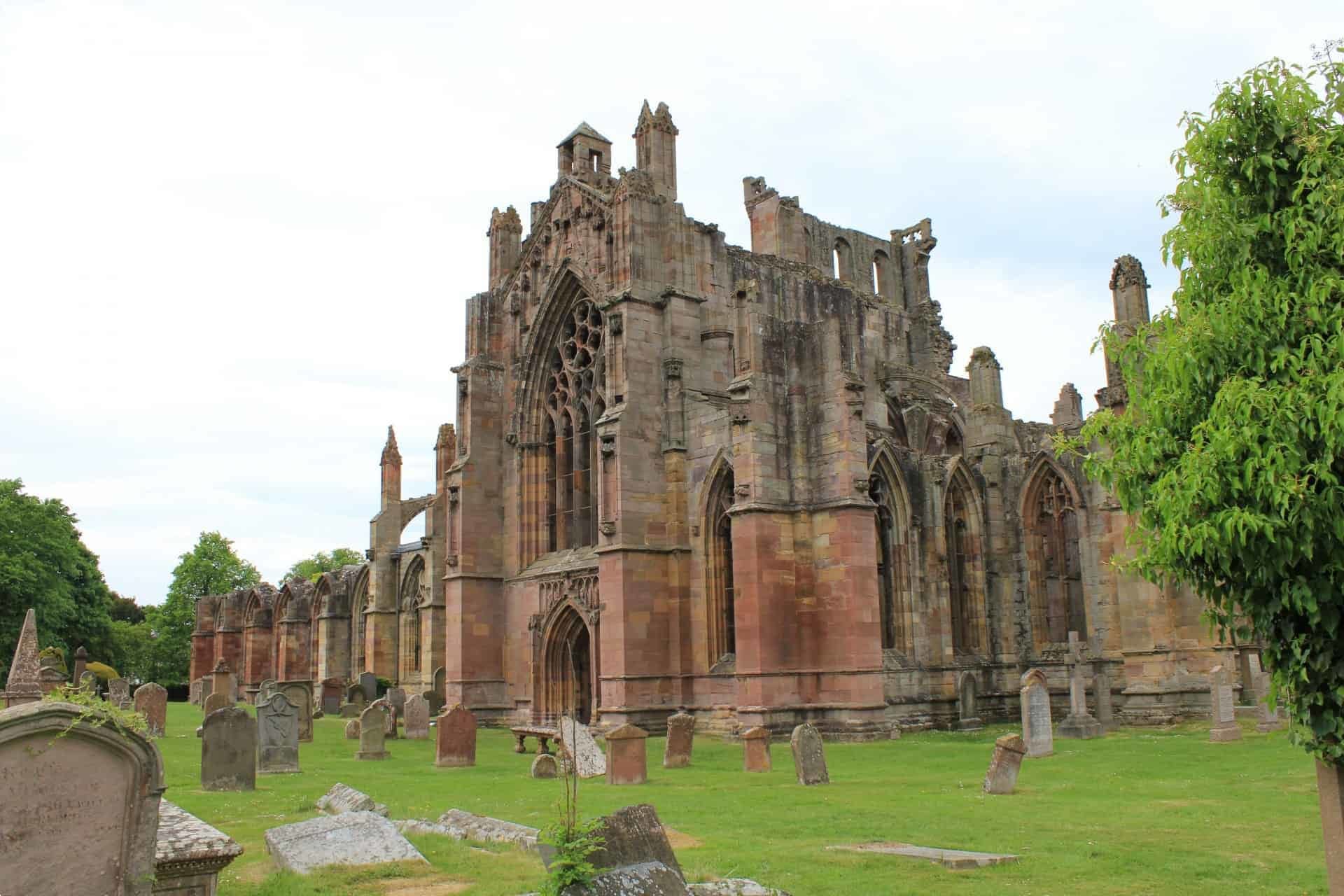
St. Cuthbert was a monk, bishop, and hermit born in Northumbria (now modern-day Scotland) and was Anglo-Saxon England’s most revered saint. The route of St. Cuthbert’s Way traces his life—it begins at Melrose Abbey in the Scottish Borders where he spent his formative years, and ends on Lindisfarne (Holy Island) off the northeast coast of England, where the saint was buried after his death in 687. His followers had attributed miraculous healings to the saint, and had written accounts of his incorrupt body, seen as a sign of purity and holiness.
This route combines leisurely walks alongside the River Tweed with strenuous climbs over the foothills of the Cheviots that crosses from Scotland into England. The route can be finished in five days without requiring high fitness levels, and provides opportunity for quiet reflection with dramatic landscapes and monastic ruins as backdrops.
The Pilgrims Way
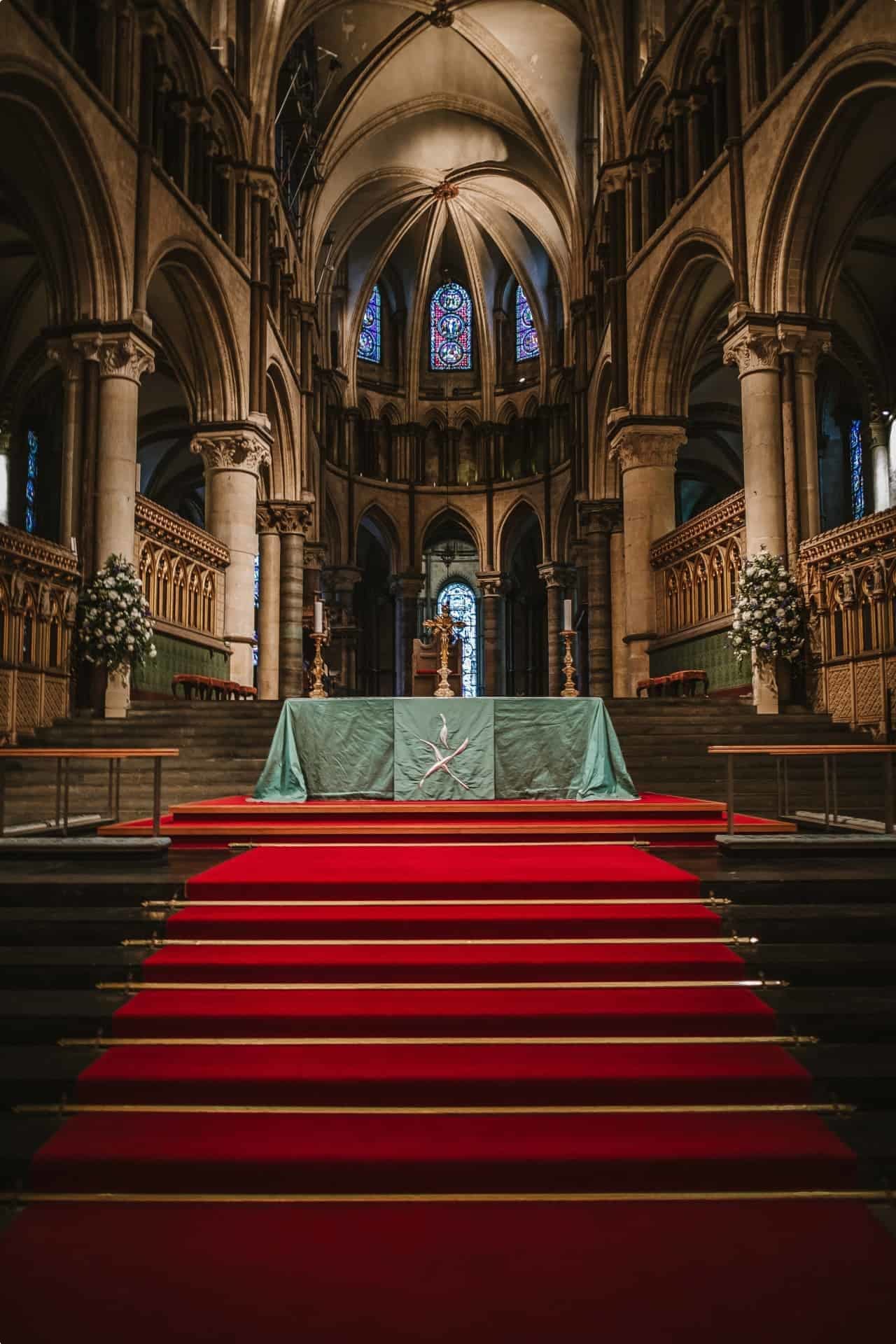
The Pilgrims Way is bookended by the two most important places of pilgrimage in medieval Britain: the cathedral shrines of St. Swithun in Winchester and Thomas Becket in Canterbury. Both shrines came to an abrupt and violent end in the 16th Century following the Reformation, when Henry VIII declared himself head of the Church of England. St. Swithun’s cathedral and the shrine to St. Thomas Becket were both destroyed upon the orders of the king, and their relics and valuable jewels appropriated by the Crown. Both cathedrals have both been reconstructed and have welcomed pilgrims and travellers over the years.
The Pilgrims Way is a combination of two separate walking trails—the 55-km St. Swithun’s Way and the North Downs Way National Trail, which was opened in 1978. The North Downs Way, based on old maps, can be seen running parallel to the old footpaths that were marked ‘Pilgrims Way’ by Victorian cartographers, hence the name of this route.
Other than the cathedrals, one highlight of the trail is the chalk landscape on the North Downs Way, formed from the skeletons of billions of marine creatures deposited some 85 million years ago when the area was still covered by sea.
Les Chemins Du Mont-Saint-Michel
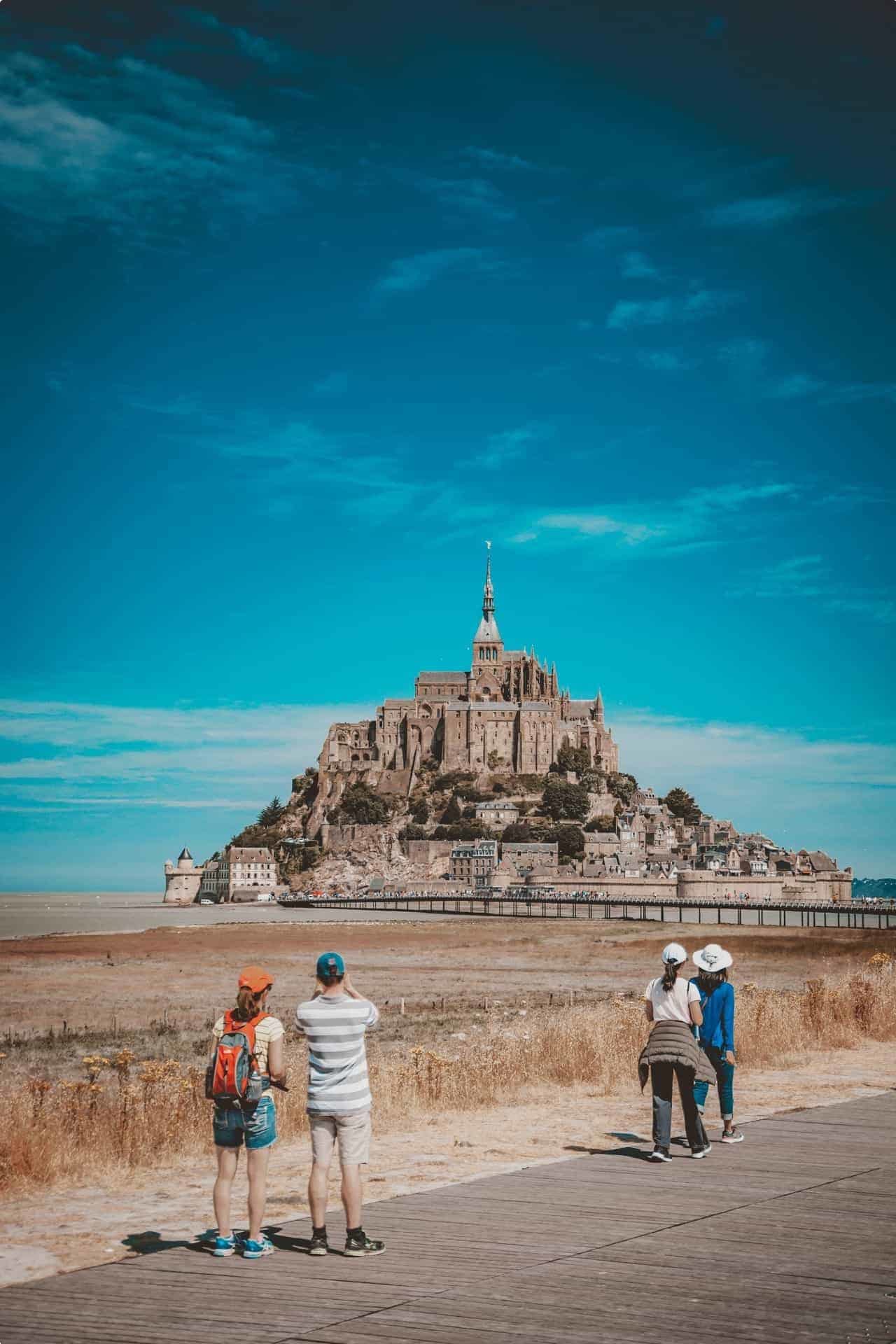
St. Michael the Archangel is a central figure in Judeo-Christian faith. He is mentioned in the Revelations as the angel leading the charge against Satan’s forces, and is often depicted holding a sword, or a set of scales upon which the souls of men are weighed in heavenly judgement. A statue of St. Michael sits atop the church spire on Mont-Saint-Michel, an ancient abbey off the coast of Normandy in northern France and the final destination in this pilgrimage.
Travellers may choose to travel from Rouen (330 km) or the shorter route from Caen (160 km.). The two routes, which were the same routes taken by pilgrims during the Middle Ages, converge at the eastern shoreline of Genêts in northwestern France, before the final trek to the abbey. For over a century, pilgrims walked across a tidal causeway that only appeared during low tide, until 2014, when a new road bridge on stilts was constructed. This allowed water to flow freely around the monument and for new travellers to safely cross the tide to visit the abbey.
Via Podiensis & Camino Frances

St. James (Santiago in Spanish) was one of the Twelve Apostles and is the national patron of Spain. He was said to have returned to Judea after preaching the Gospel in the Iberian Peninsula, and was consequently put to death by Herod for blasphemy. The apostle’s body, as tradition tells, was miraculously moved to Iria Flavia and later to Compostela in northern Spain. Pilgrimages to his sepulchre began following the discovery of his tomb in the ninth century.
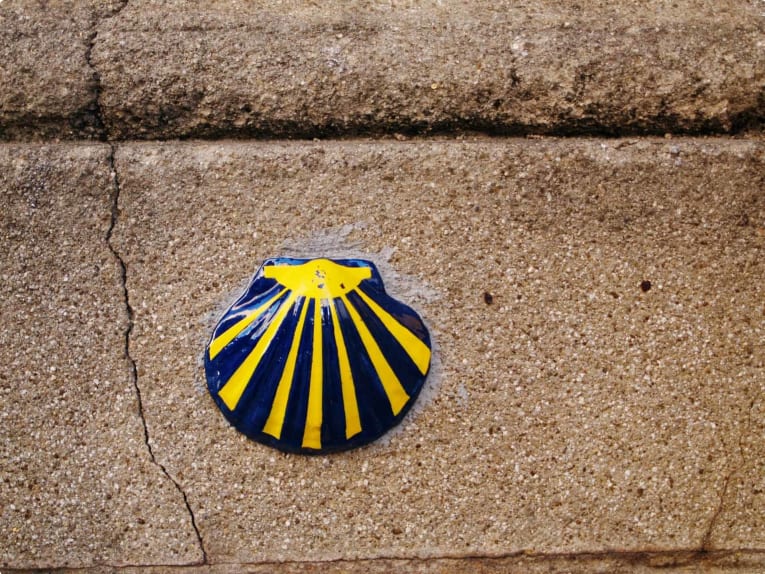
Travellers may choose to begin their journey to Santiago de Compostela at the traditional starting point of St-Jean-Pied-de-Port, a bustling French market town at the foot of the Pyrenees, or start farther back in Le Puy-en-Velay, a town famous for its architecture, lentils, and handmade lace.
Wherever travellers may wish to begin, the journey to the shrine of St. James the Apostle promises a path weaving through medieval towns and churches, awe-inspiring Romanesque and Gothic art and architecture, and picturesque landscapes. Pilgrims travel with the Camino passport (Credencial del Peregrino) which they can present to be stamped by churches and other official establishments along the way. The stamped passport serves as proof that they have walked the 100 kilometres necessary to receive the compostela or certificate, a tangible proof of their long journey to the shrine.
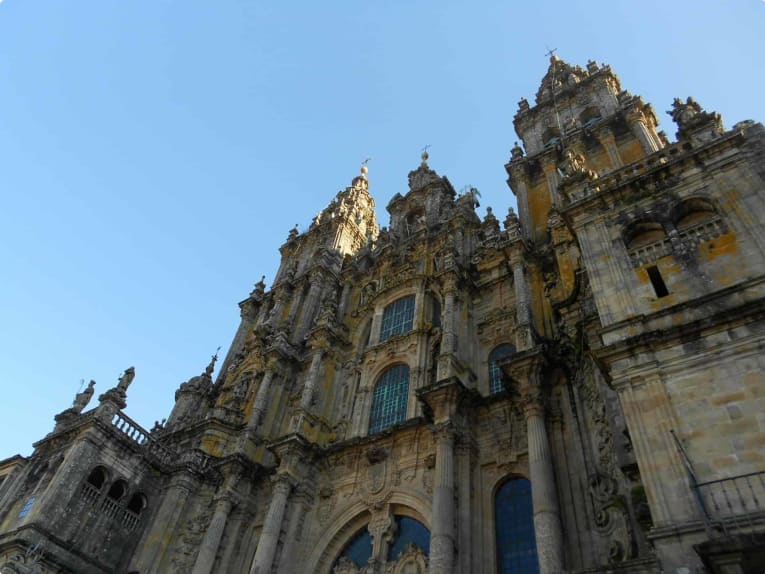
Via de la Plata
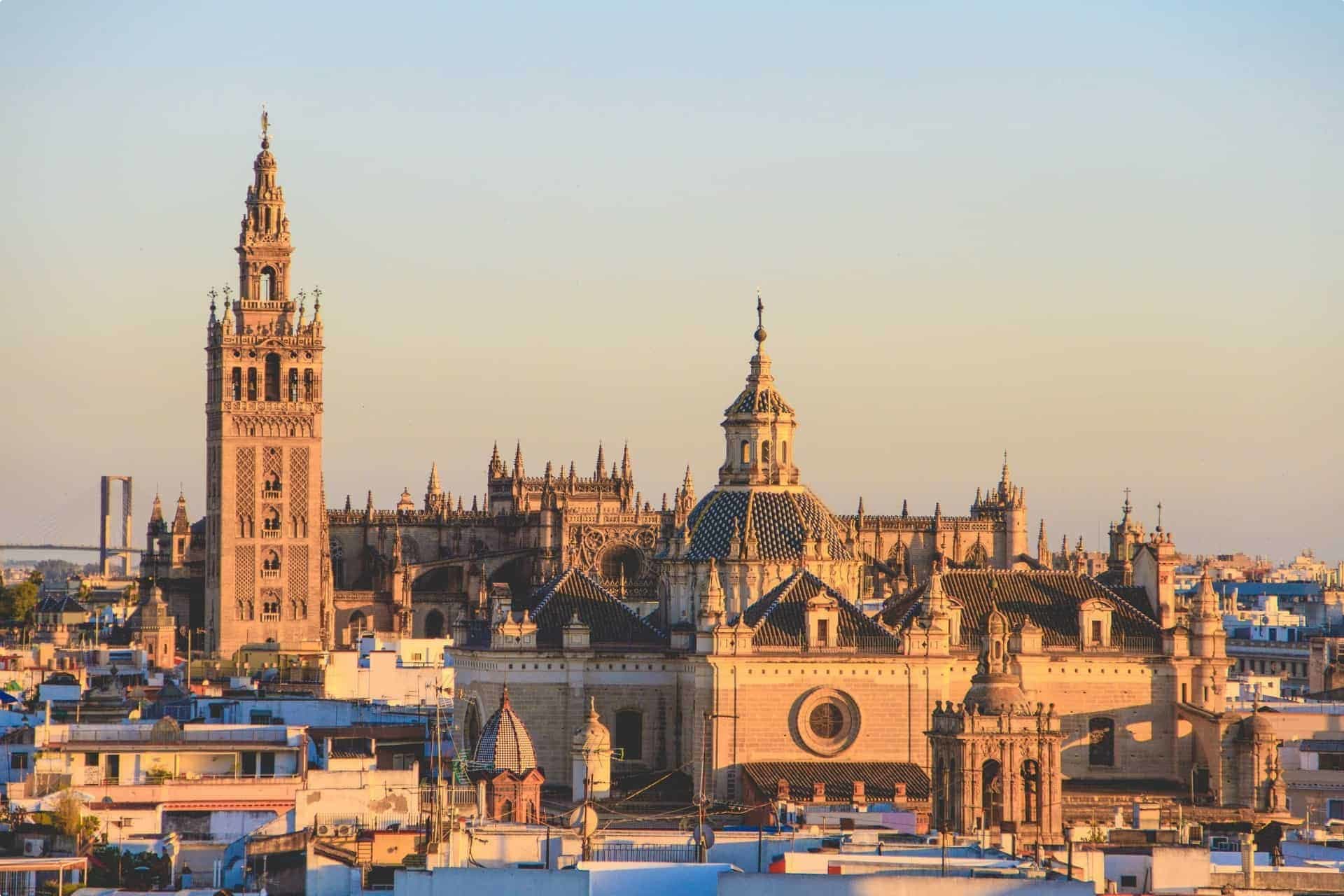
Another pilgrimage route in Spain leading to Santiago de Compostela is the Via de la Plata, which goes north from the Andalusian capital of Seville to Leon, where it merges with the Camino Frances to continue to Santiago.
Via de la Plata was a well-used path in ancient times. It was previously used by the Roman legions, the Islamic forces advancing into northern Spain, and by the Spanish themselves during the Reconquista to recapture territory from the Moors. It is not widely used by modern pilgrims, however, as the path has fewer villages, adding to its sense of remoteness. But its very isolation may make it attractive to travellers who wish to walk a quieter, less trodden route.
Via Coloniensis
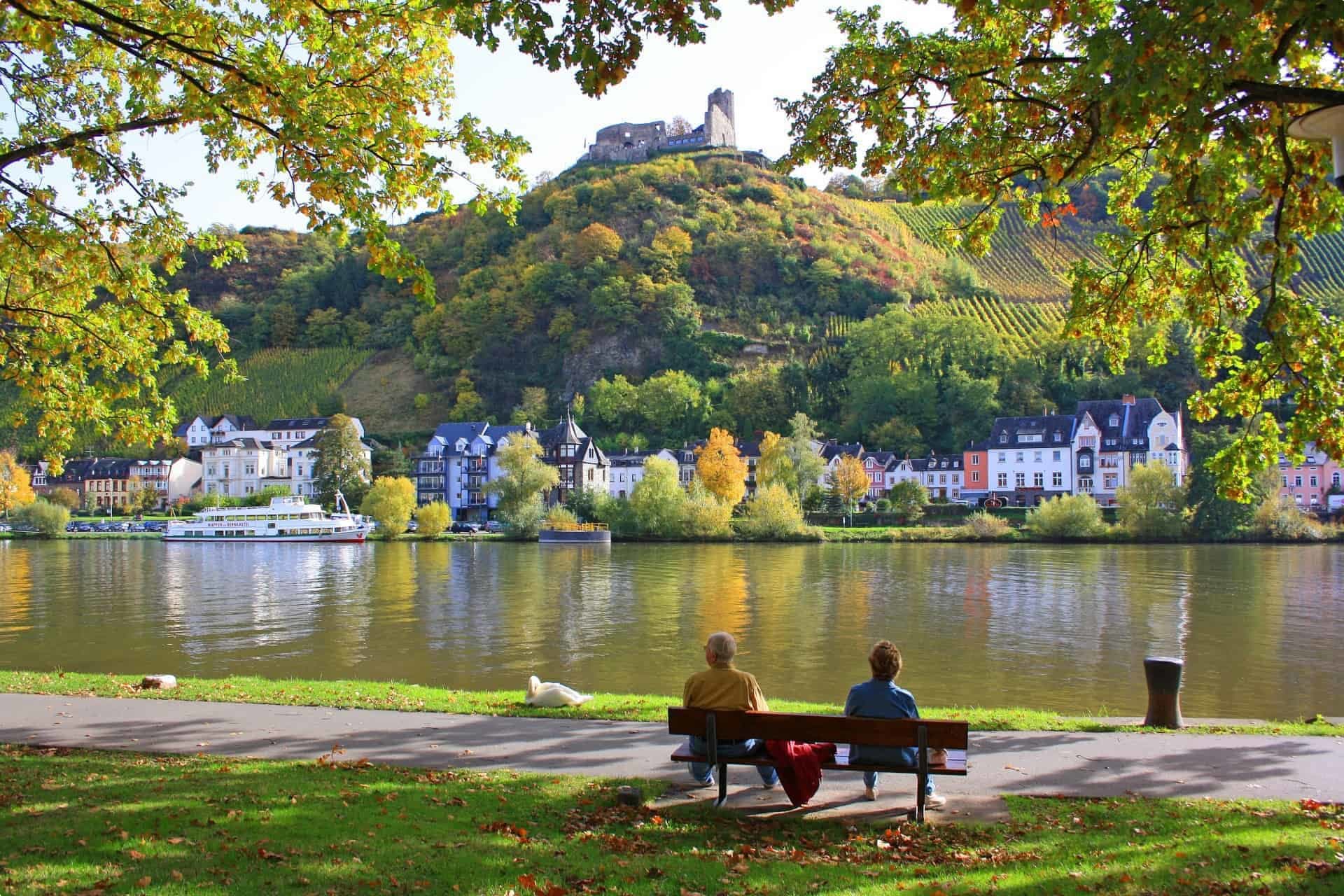
There are many paths to Santiago de Compostela. In Germany alone are thirty major routes leading Santiago-bound pilgrims across the border to France, where they can walk the Via Podiensis. One of these German routes is the Via Coloniensis, which retained its Latin name, and runs between two of Germany’s important Roman cities, Cologne and Trier. This route passes through rolling countryside and woodlands, towns dotted by historic monuments and architecture, before entering Germany’s oldest city. This route ends at Trier’s St Peter’s Cathedral, the oldest church in Germany and commissioned by Emperor Constantine in the fourth century.
Münchner Jakobsweg
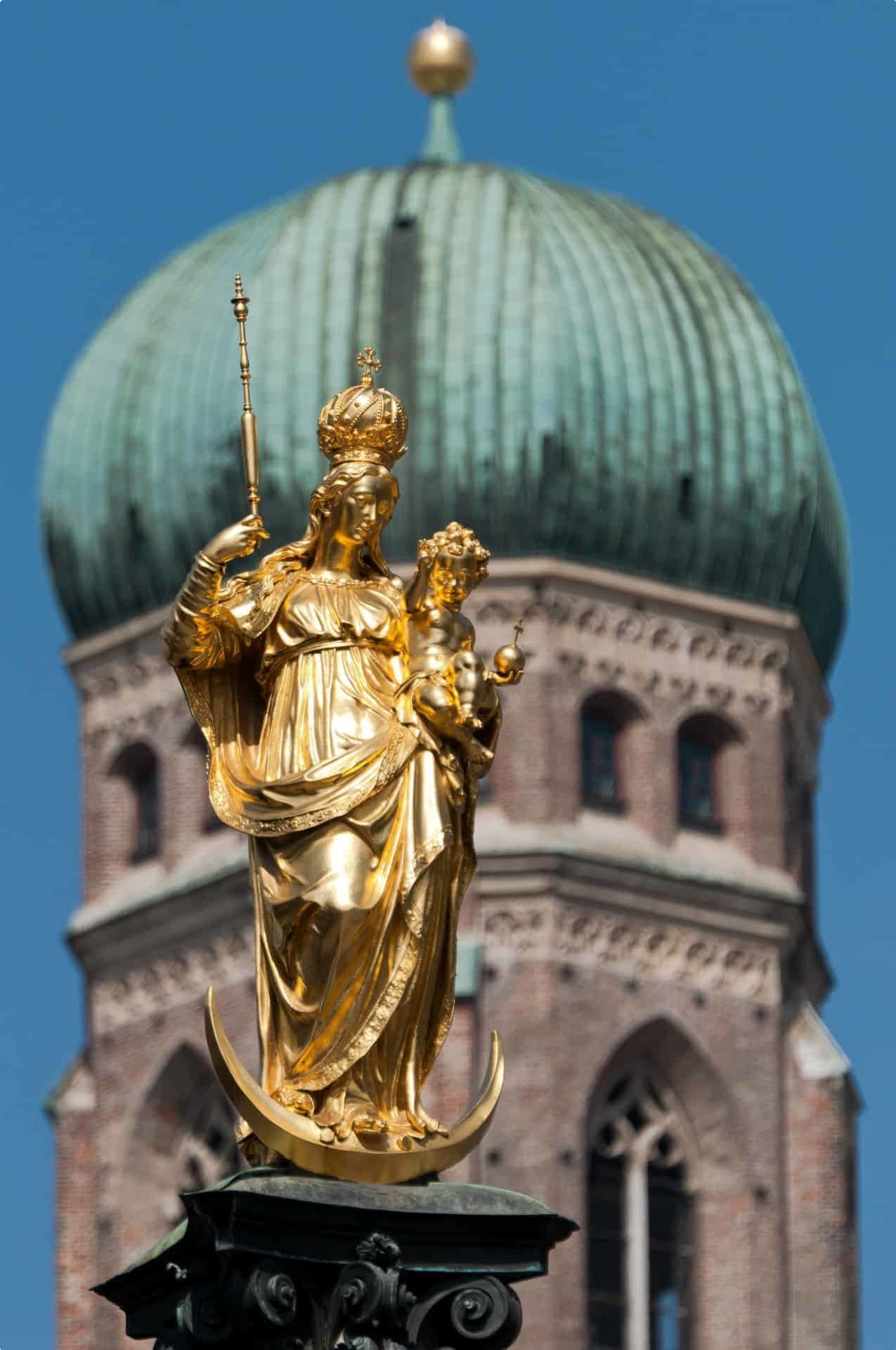
Another German route to Santiago de Compostela is the Münchner Jakobsweg which runs from the Bavarian capital of Munich to Lindau through scenic landscapes and the breathtaking Lake Constance. From the Lindau harbour, pilgrims can take one of the steamers to Switzerland and go through France on the Via Podiensis. The German name of the route’s first stop, München, is in fact derived from the word for ‘monks’ (and Jakob or Jacob is the German variant of James), so it should be no surprise that numerous abbeys and monasteries were built in the region during the eleventh and twelfth century. Most of these churches were restyled from their Romanesque and Gothic origins in the Baroque and Rococo style prevalent in the Bavarian region. And unless you’re completely abstaining from earthly delights, this is also a great route to take to sample endless mugs of Bavarian beer.
Via Di Francesco

This route, the Way of St. Francis, links together places directly associated with the life of the saint. It begins at the Sanctuary of La Verna and has a stop in Assisi where St. Francis was born Giovanni di Pietro di Bernardone to a wealthy family in 1182 and where he died at the age of 44 in 1226.
St. Francis, the patron saint of animals and the environment, chose to leave a life of luxury to devote the rest of his years to the Christian faith. Though the saint lived a life of poverty and solitude, travellers will be treated to a rich route that passes through historic towns filled with architectural wonders.
Via Francigena
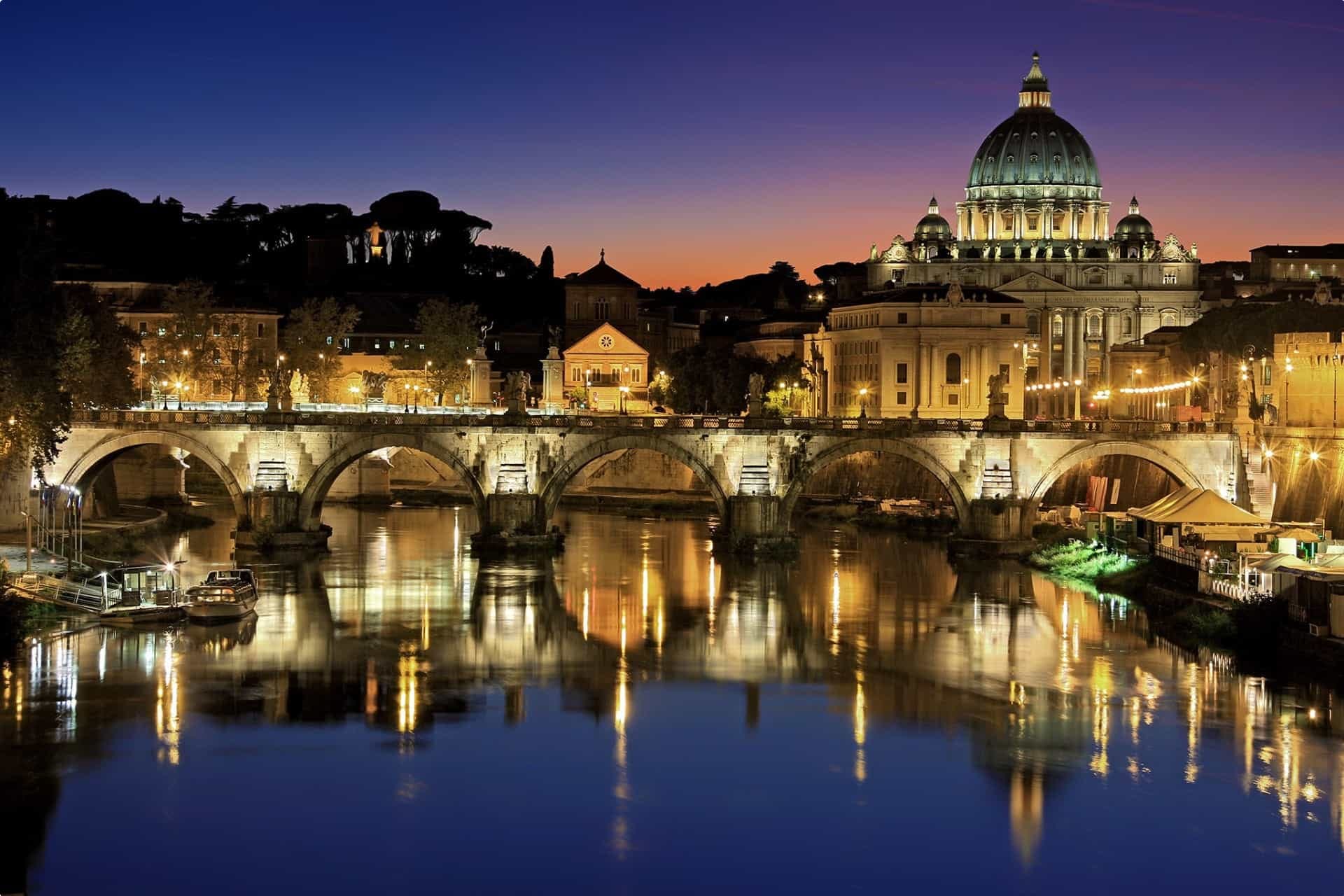
Via Francigena, or The Way Through France, is an ancient route that connects Canterbury to Rome. Sigeric, the 10th century Archbishop of Canterbury, took this route to receive his pallium (liturgical vestment) from the Pope in 990, and wrote down his itinerary upon his return. Thanks to his account of his journey, modern travellers can now take the same route, which goes through half a continent and four countries: England in the United Kingdom, France, Switzerland, and Italy. It is one of Europe’s most challenging pilgrimage walks, but a rewarding adventure for those who are eager to see more of what the continent can offer before entering St. Peter’s Basilica in the Eternal City. Most pilgrims cut this short to make it a little bit easier, starting from Lausanne in Switzerland or from the Great St Bernard Pass near the Italian border instead of Canterbury.
Preparing to walk

Have you decided where to go and what route to take? With pilgrimages, as with most long voyages, the journey can be as fulfilling and as significant as the final destination. Though modern pilgrimages are certainly not as arduous as the pilgrimages of old—with effective marketing and local support of tourism, it is now easy to find boutique hotels and restaurants along the way—they still require several kilometres worth of walking every day, sometimes through different terrains. It’s best to come prepared to ensure you’ll have the best possible experience on your journey.
- If you have any medical conditions (such as heart disease, asthma, or arthritis) or any health concerns, please seek professional medical advice to assess your level of fitness and readiness for the journey before booking your trip.
- Weeks before the start of your trip, start walking for short distances (a few kilometres) on flat terrain. You may add longer distances, and varied terrain (hills and rocky terrain, if possible), once you feel confident about your fitness.
- Pace yourself. If you are training for the Camino, for example, the aim is to be able to walk 20 kilometres every day. Give yourself enough time to train so as to avoid injury.
- Stretch your muscles safely before and after walking.
- Drink lots of water.
- Break in new socks and footwear during your training.
There are plenty of resources online, but it would also help to reach out to people who have done the route you are planning to take. Seek their advice and insights on the physical demands of the journey.
A pilgrimage is a personal, intimate experience, but for your safety and peace of mind, it might also be beneficial to join a small group or an organized tour instead of planning it all on your own.
To help you prepare for any walking program, this list of articles is intended to help you prepare for your holiday:
- Selecting walking shoes for women
- Footwear and walking shoes
- What to pack when travelling.
- Maintaining muscle fitness in senior and mature age travellers
- Selecting socks for walking
- Six great short walks in Britain
- Preparing for a walking holiday
Happy walking and may you have a meaningful journey!
Originally published August 7, 2018.
Updated on November 20, 2019.
Related Tours

19 days
Sep, Jun, AugSaint James Way Small Group Walking Tour (The Camino)- Spain
Visiting Portugal, Spain
Experience pleasant sections of the Way of Saint James, crossing some of Spain’s most beautiful landscapes. We follow the pilgrims on easy distances of The Way to the mythical destination, Santiago de Compostella. Not since the middle ages has this adventure for body and mind been more popular. We also get to discover the artistic highlights and rich history of Northern Spain and Portugal, as well as enjoying local wines and exquisite food.
From A$14,135 AUD
View Tour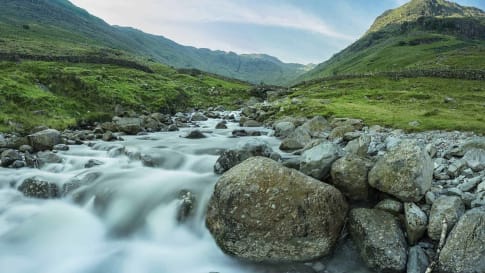
25 days
AugIreland and Lake District walking small group tour
Visiting England, Ireland
A guided small group tour for senior walkers that starts in the capital of Ireland, Dublin. This escorted tour with local guides also explores the Giant's causeway, a UNESCO World heritage site. It transfers from Ireland to Scotland to head to walk in the National park of the Lake district.
From A$14,850 AUD
View Tour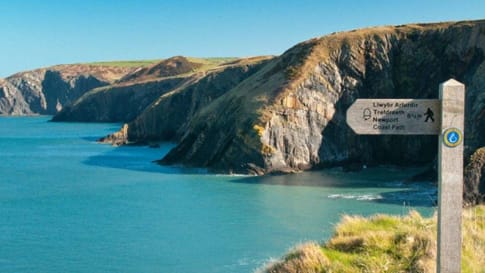
13 days
AugExploring Wales on foot : small group walking tours for seniors
Visiting Wales
A Walking tour of Wales with spectacular views across as you walk the millennial path across the Irish sea or up in Snowdonia national park. This guided tour that provides insight into the history of each castle visited and breathtaking scenery enjoyed before exploring the capital of Wales, Cardiff with day tours of Wales from Cardiff. For seniors, couples or Solo interested in small groups.
From A$11,895 AUD
View Tour
22 days
Sep, JunRural Britain | Walking Small Group Tour
Visiting England, Scotland
A walking tour into England, Scotland and Wales provides small group journeys with breathtaking scenery to destinations such as Snowdonia national park , the UNESCO world heritage site Hadrians wall and the lake district. each day tour provides authentic experiences often off the beaten path from our local guides.
From A$15,880 AUD
View Tour


